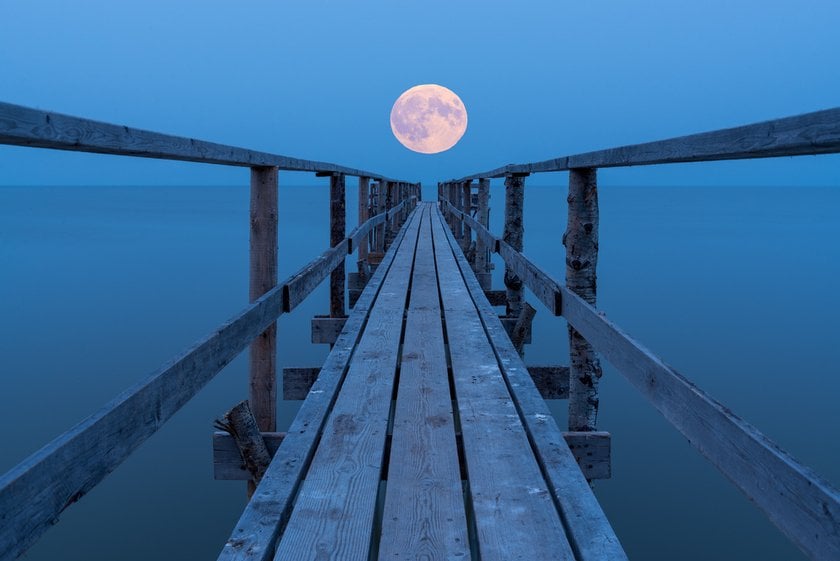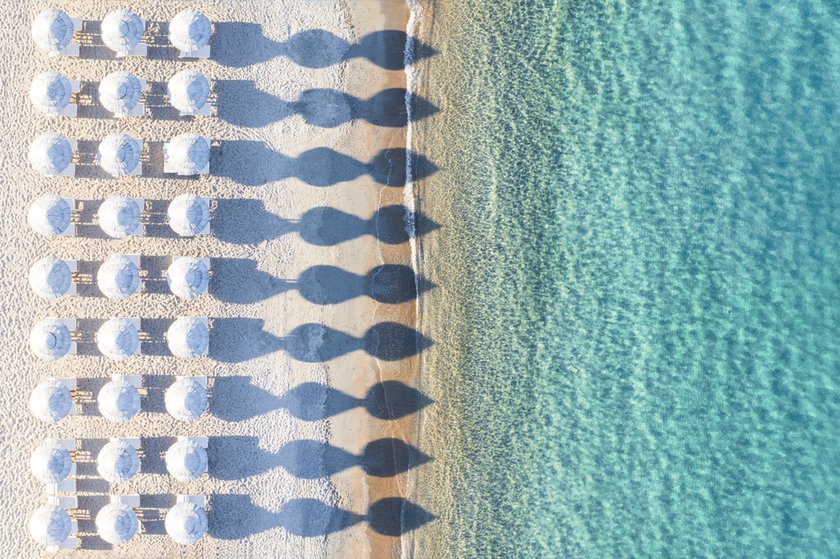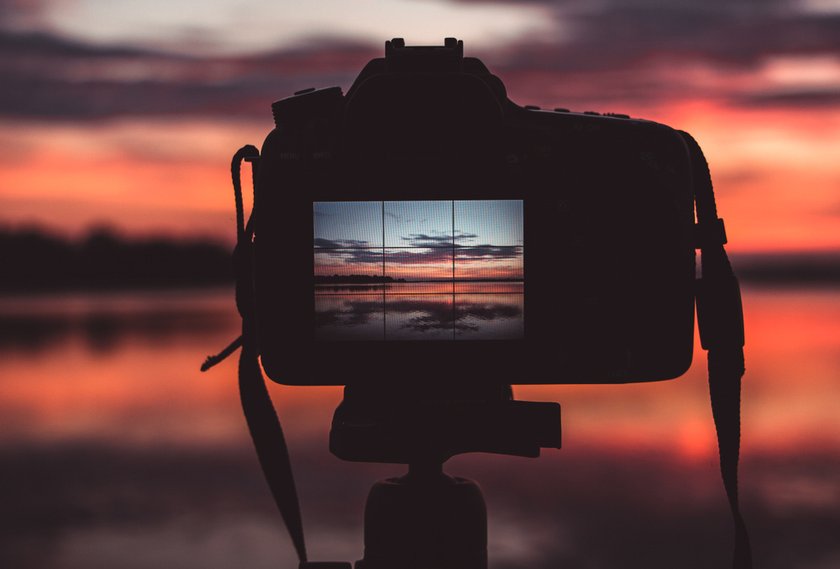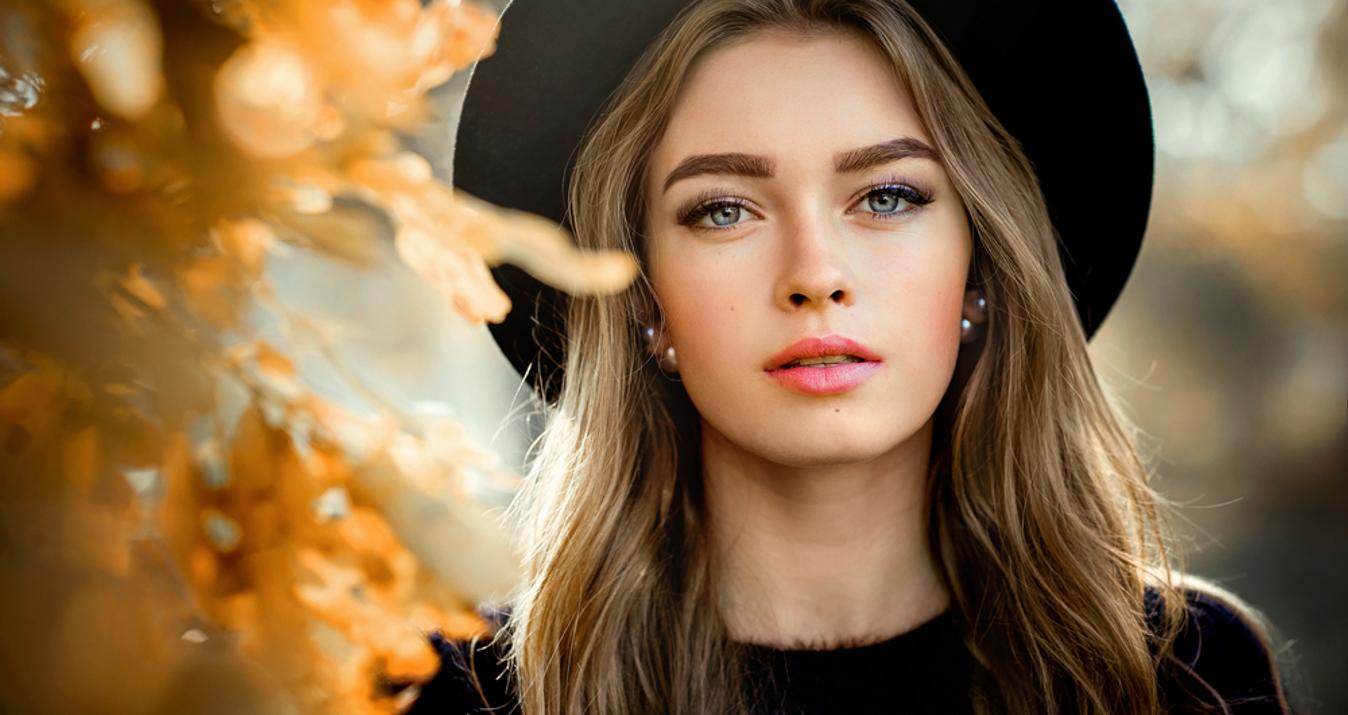Compositional Techniques: Basic Rules For A Better Photos
Last Updated on May 26, 2025

The secret behind powerful images? It’s all about composition techniques in photography.
Creating great photos isn’t just about having the best camera or perfect lighting. One of the most essential parts of photography is how you frame your shot. That’s where composition comes in. How you place objects in the frame can change the mood and message of your photo. Below are ten simple, powerful composition techniques in photography that will instantly improve your work—even if you’re just starting.
Why Composition Matters

Good photo composition is like a secret ingredient—it makes an image feel balanced, interesting, and emotionally rich. Even if you’re new to photography, understanding the rules of composition helps you tell better stories through your pictures.
Composition isn’t about perfection. It’s about using compositional elements in photography—lines, space, color, depth, texture, and balance—to guide the viewer’s eye and express emotion.
Once you get familiar with different types of composition in photography, you’ll start spotting them without even thinking. With enough practice, your eye just begins to catch things—like perfect framing, a strong leading line, or bold contrast—almost automatically. It becomes second nature, starting with slowing down and paying attention.
1. Mastering the Rule of Thirds
The rule of thirds is a powerful tool in photo composition. Imagine your photo split into nine equal parts using two vertical and two horizontal lines. Instead of placing your subject in the dead center, try positioning them at the points where these lines intersect.
This layout feels natural to the eye. It gives your image a sense of movement and flow. For instance, if you’re shooting a sunset, try placing the horizon along the top or bottom third instead of the center.
Tip: Most smartphones and cameras let you turn on a grid overlay. Enable it to guide your framing in real-time.
2. Leading Lines: Guide the Viewer’s Eye

One of the most famous photography composition rules is the leading lines. Roads, rivers, fences, tree branches, and shadows can be natural guides. Use them to direct the viewer’s attention toward your subject or to lead them deeper into the frame.
These lines can be straight, diagonal, curved, or spiral. For example, shooting down a long hallway or along a railway track can pull the eye directly into the shot.
Unleash Your Creativity with Luminar Neo's Composition Tools
Try CropAI nowTip: When composing a shot, look around for elements that create lines. Even lines on pavement or patterns in architecture can work. If you’re editing afterward, try using AI structure to enhance these lines for clarity.
3. Frame Within a Frame
Putting your subject in front of something that already exists within your composition—like a window, arch, or tree limbs—will rapidly add interest to your photo. It adds depth, brings attention to your subject, and inserts a more powerful narrative within the image.
Picture this: someone standing in a castle doorway, with the stone arch forming a natural border around them. Your eye goes straight to the person, but the frame tells a story, too. You can also use this trick to hide a messy background or direct the viewer’s eye exactly where you want it.
Tip: When editing, add a soft vignette to darken the edges. It’s a simple way to keep the focus right where it belongs.
4. Fill the Frame for Maximum Impact
 Sometimes a smaller space makes more drama. Swamping the frame with your subject takes away distractions and produces a feeling that your photo is near and detailed. This is an excellent technique for portraits, food photography, and textures.
Sometimes a smaller space makes more drama. Swamping the frame with your subject takes away distractions and produces a feeling that your photo is near and detailed. This is an excellent technique for portraits, food photography, and textures.
Zoom in or back up so that the subject dominates the frame. Photograph a wrinkled hand, a leaf texture, or your pet’s fur up close. All little things tell a story.
Tip: Watch your focus and lighting when working close up. And if you’re concerned about distortion, don’t forget to check lens correction tools in your editing software.
5. Play with Reflections
 Reflections can transform a dull shot into magic. Water, mirrors, glass buildings, or even wet roads can reflect your subject in dramatic ways.
Reflections can transform a dull shot into magic. Water, mirrors, glass buildings, or even wet roads can reflect your subject in dramatic ways.
Try taking a photo of a building mirrored in a puddle after the rain or a person’s silhouette reflected in a storefront. These mirror images often add symmetry, balance, or surreal effects.
Tip: For stronger reflections, shoot early or late in the day when the light is soft. Want more creative freedom? Check out these rainy day photography tips.
6. Use Contrast to Add Drama
 Contrast creates visual tension and drama in your photos. It could contrast light and dark, color tones, textures, or even emotions.
Contrast creates visual tension and drama in your photos. It could contrast light and dark, color tones, textures, or even emotions.
Think of a bright yellow umbrella in a stormy city, or a smooth flower petal lying on rough concrete. These contrasts naturally pull in the viewer’s attention and help your subject stand out.
Tip: Use shadows and highlights to create light/dark contrast, or pair complementary colors like orange and blue. Textures also work—combine shiny surfaces with matte ones for added impact.
7. Keep It Minimal
 Minimalist rules of composition focuses on simplicity. One strong subject against a clean background can be far more effective than a cluttered scene. It creates peace, clarity, and a modern aesthetic.
Minimalist rules of composition focuses on simplicity. One strong subject against a clean background can be far more effective than a cluttered scene. It creates peace, clarity, and a modern aesthetic.
Exclusive Tools of Endless Possibilities in One AI Editor
Explore Now!Picture a single tree on a snowy hill or someone walking across a giant beach. The space amplifies the importance of your subject.
Tip: Look for open spaces like beaches, deserts, or clean architectural backdrops. Experiment with both portrait vs landscape orientation to see which fits your subject better.
8. Rhythm and Repetition
 Patterns and repetition catch the eye. Rows of windows, stacks of books, lines of chairs, or repeating shadows add rhythm and harmony to your photo. These visual echoes keep the viewer engaged.
Patterns and repetition catch the eye. Rows of windows, stacks of books, lines of chairs, or repeating shadows add rhythm and harmony to your photo. These visual echoes keep the viewer engaged.
Even better? Breaking the pattern once. Include a single element—like one red apple in a sea of green—to surprise the viewer and add emphasis.
Tip: Apply this trick to cityscapes, still life, or nature—like rows of trees or flowers. Spot some repeating shapes or lines, then shoot from the angle that’ll make the pattern pop. It adds rhythm and makes your photo look more intentional.
9. Use Motion to Show Energy
 Motion brings life to a photo. A bit of intentional blur, such as a passing train or a child running, makes your image feel real and dynamic.
Motion brings life to a photo. A bit of intentional blur, such as a passing train or a child running, makes your image feel real and dynamic.
Use a slower shutter speed (1/30 or slower) and keep your camera steady. If your subject is moving fast, try panning—move your camera along with the subject to blur the background while keeping the subject relatively sharp.
Tip: Don’t be afraid of experimenting. Set your camera to shutter priority mode and play with speeds. Then, refine the results with tools like AI photo composition to rebalance your frame.
10. Experiment with Perspective
 Perspective is just about seeing things differently. Instead of always shooting from eye level, try crouching down, climbing up, or tilting your camera slightly. These small changes can completely transform your shot—and sometimes, they help you notice something you would’ve missed entirely.
Perspective is just about seeing things differently. Instead of always shooting from eye level, try crouching down, climbing up, or tilting your camera slightly. These small changes can completely transform your shot—and sometimes, they help you notice something you would’ve missed entirely.
For example, shoot a flower from underneath to make it look tall and strong. Or capture street scenes from a rooftop to show scale. The world looks different from each angle.
Tip: Combine unusual perspectives with symmetry or framing for stronger results. When editing, use Luminar Neo to fine-tune angles and straighten lines while keeping your unique viewpoint intact.
Common Mistakes That Ruin Composition
Even skilled photographers sometimes overlook basic composition errors. Here are common mistakes to avoid if you want stronger, more intentional photos:
Centering everything by default. Placing your subject in the exact middle can feel static. Use the rule of thirds to create better balance and interest.
Cluttered or distracting backgrounds. Always check what’s behind your subject. A messy background pulls focus and ruins the shot.
Cropping in the wrong places. Avoid cutting off key features—like limbs, faces, or edges of objects—in awkward spots. Frame your subject carefully.
Too many elements competing for attention. Including too much can overwhelm the viewer. Focus on one or two compositional elements in photography at a time to make your message clear.
Ignoring natural lines or flow. Lines in the frame should guide the viewer’s eyes, not confuse them. Watch for lines that unintentionally lead the eye out of the frame.
Remember these tips to avoid mistakes and level up your understanding of composition rules in every shot.
Wrap Up
Photography isn’t just about pressing the shutter—it’s about learning to see the world differently. These ten simple photo composition rules can level up any shot, whether you’re using a DSLR, a mirrorless camera, or just your phone.
Try new angles. Fill the frame. Play around with patterns and reflections. Don’t be afraid to break the rules now and then—some of the best photos happen when you follow your instincts, not a formula. That’s where the real magic begins.






